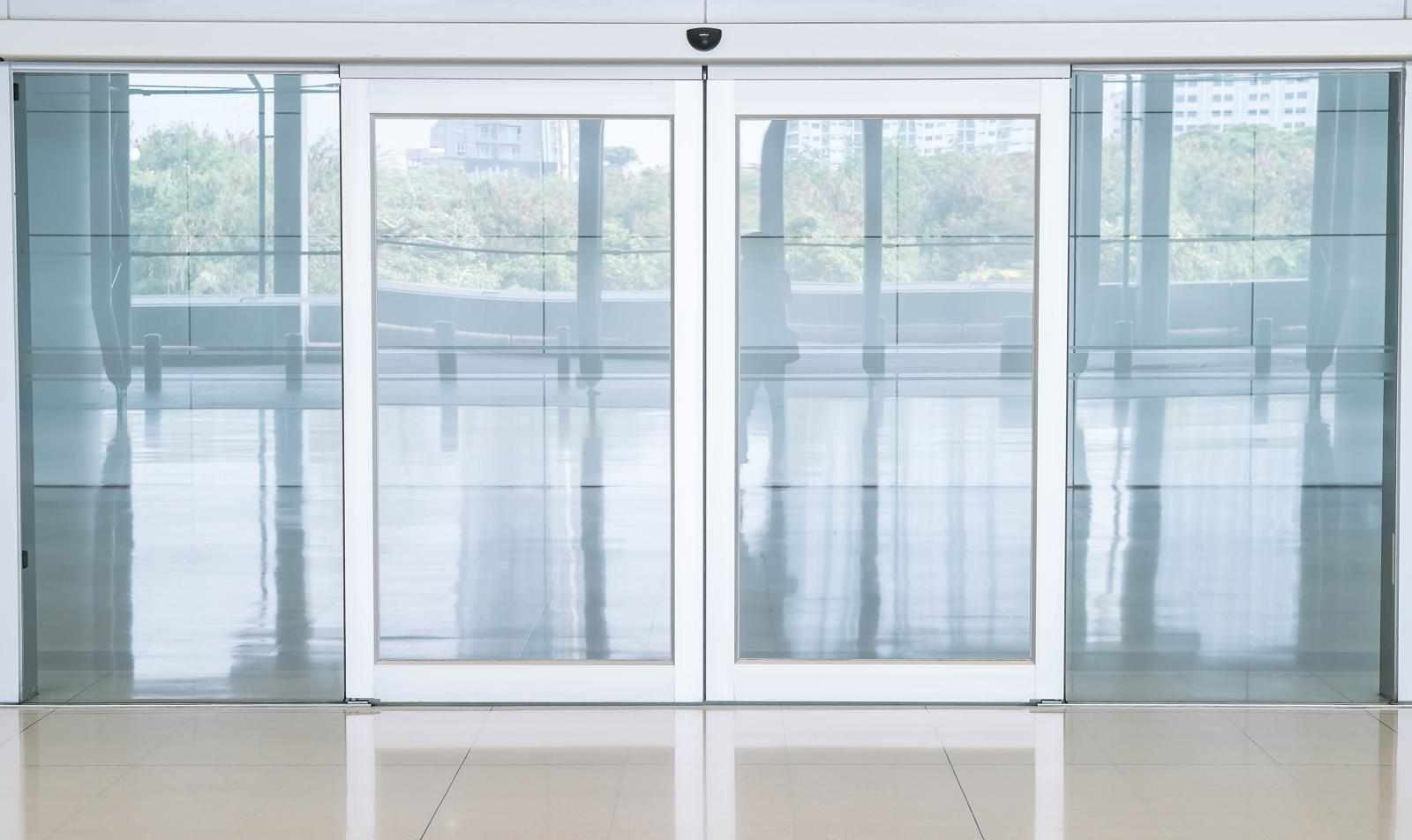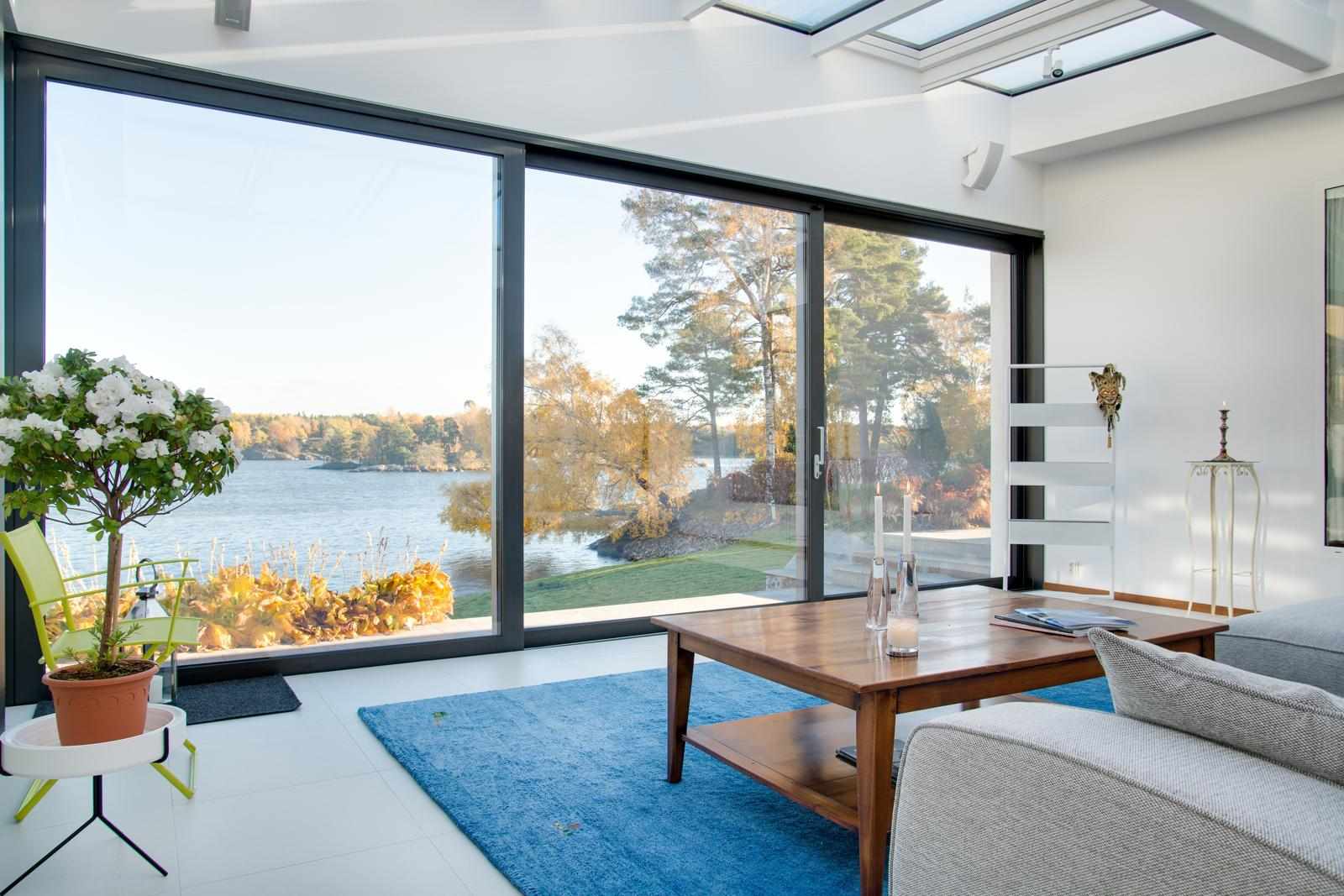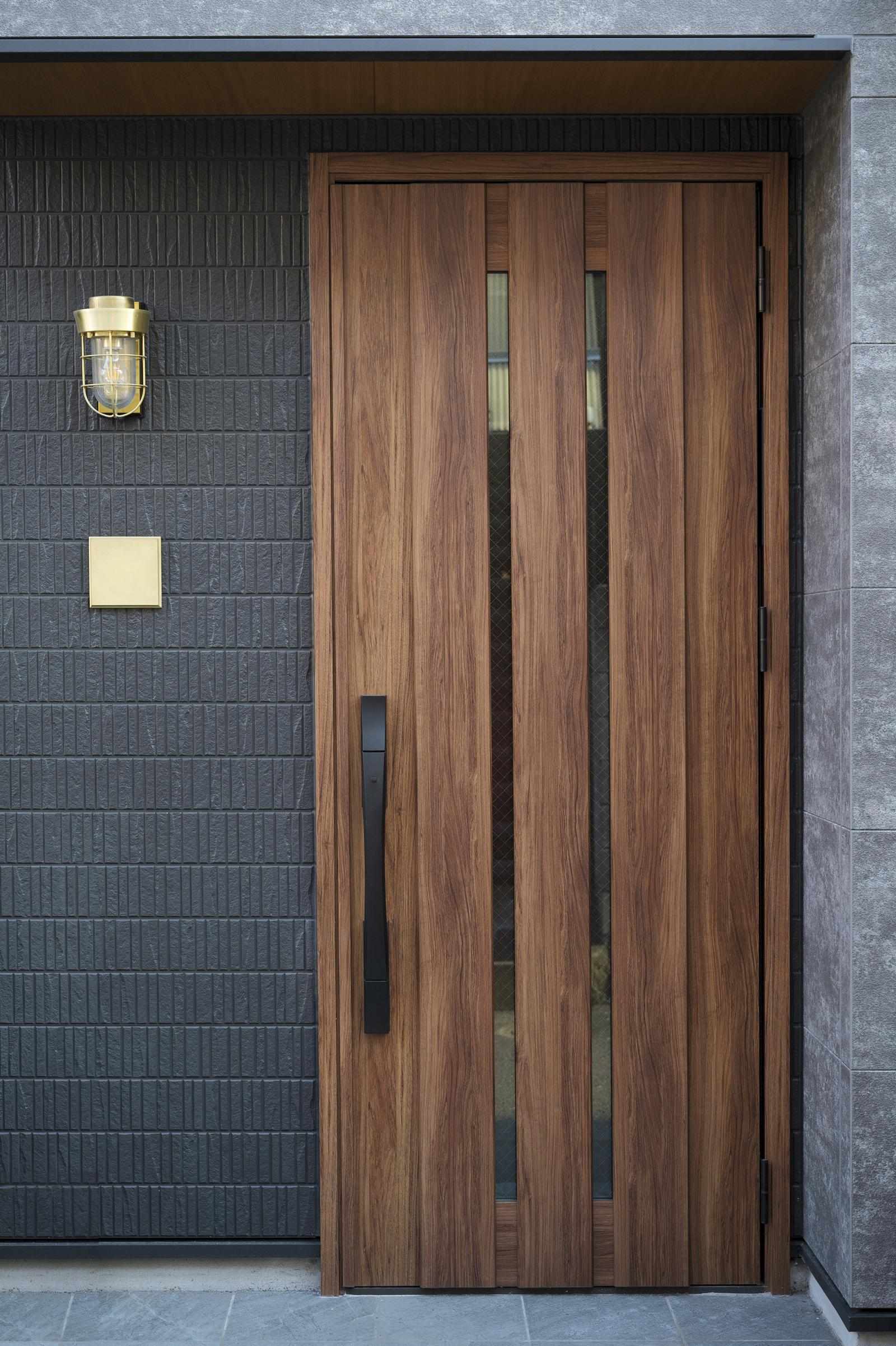
In today’s fast-paced, clutter-free world, the concept of “less is more” has become a core principle in architecture and interior design. One of the most significant developments aligned with this trend is the rise of the minimal system—a door and window design solution focused on clean lines, maximum transparency, and seamless integration with modern architectural spaces.
A minimal system typically refers to ultra-slim framed sliding doors, windows, or partitions, often made of aluminum and glass, that offer unobstructed views and optimal natural light. It’s a design-forward solution that combines aesthetics, engineering, and user comfort to elevate residential and commercial spaces.
What is a Minimal System?
A minimal system is a high-performance architectural glazing solution designed with ultra-thin frames and expansive glass surfaces. Unlike traditional sliding doors or windows, which often include bulky frames and visual distractions, minimal systems are engineered to almost disappear into the structure, offering a clean, uninterrupted connection between interior and exterior environments.
These systems often incorporate sliding tracks embedded into the floor, ceiling, and walls, allowing for large openings without compromising the visual harmony of a space. The result is a seamless, panoramic experience with minimal structural obstruction.
Key Features of a Minimal System
1. Ultra-Slim Profiles
One of the most defining characteristics of a minimal system is its ultra-slim aluminum or steel frames. The sightlines are reduced to as little as 20mm or less, making the framing nearly invisible. This maximizes the glazed area and enhances the visual appeal of the installation.
2. Maximized Natural Light
With larger glass panels and reduced frame visibility, minimal systems allow more natural light to flood into a space. This not only contributes to a healthier indoor environment but also reduces dependency on artificial lighting during the day.
3. Customizability and Versatility
Minimal systems can be customized in terms of dimensions, finishes, and configurations. They are suitable for sliding, fixed, pivoting, or folding installations. This flexibility makes them ideal for a wide range of applications, from residential villas to commercial office buildings and hospitality settings.
4. Thermal and Acoustic Insulation
Despite their sleek appearance, minimal systems offer excellent thermal performance and sound insulation. Advanced glazing technologies, combined with high-quality frame materials and sealing systems, ensure energy efficiency and comfort.
5. Smooth Operation
Modern minimal systems are equipped with precision-engineered sliding mechanisms. Whether manually operated or motorized, these systems offer smooth, quiet movement, making them a functional choice for everyday use.
Benefits of Minimal Systems in Modern Architecture
Enhanced Aesthetics
Minimal systems contribute to a sleek and contemporary aesthetic. Their seamless integration into walls and floors creates a visual effect where glass appears to float within a space. This minimalist approach supports the architectural language of simplicity and sophistication.
Space Optimization
By eliminating bulky frames and maximizing opening sizes, minimal systems help in better space utilization. This is particularly valuable in urban environments where space is at a premium. Sliding or pocket installations save space compared to traditional swing doors.
Indoor-Outdoor Connectivity
A major benefit of using minimal systems is the ability to blur the boundaries between indoor and outdoor environments. Expansive sliding glass doors open up living areas to patios, gardens, or balconies, enhancing spatial flow and user experience.
Increased Property Value
The integration of high-end architectural elements like minimal systems can significantly boost the perceived value of a property. Potential buyers and tenants are drawn to modern features that combine form and function effectively.
Popular Applications of Minimal Systems
Residential Homes
In modern homes, minimal systems are used to create large sliding door openings in living rooms, dining areas, and bedrooms. They allow homeowners to enjoy unobstructed garden views, natural ventilation, and a bright, airy ambiance.
Office Spaces
Minimal sliding partitions are increasingly popular in open-plan office layouts. They offer flexible division of space without compromising natural light or visual connectivity. These systems promote a clean, professional appearance in work environments.
Hospitality and Retail
Hotels, resorts, and retail outlets use minimal systems to offer guests and shoppers a luxurious and immersive experience. Floor-to-ceiling glass installations create inviting spaces while maintaining climate control and acoustic comfort.
High-Rise Buildings
For high-rise residential or commercial buildings, minimal window systems provide panoramic city views and contemporary appeal. The advanced insulation properties also help in meeting building energy codes and sustainability goals.
Considerations When Choosing a Minimal System
Quality of Materials
Ensure the system is made from high-grade aluminum or thermally broken profiles that meet industry standards. The quality of the glass—whether laminated, tempered, or double-glazed—also plays a crucial role in performance and safety.
Installation Expertise
Minimal systems require precise installation to achieve the desired aesthetic and functional results. Work with experienced professionals who understand structural integration, waterproofing, and alignment.
Maintenance Requirements
While minimal systems are designed for durability, regular maintenance is necessary to keep sliding tracks and hardware functioning smoothly. Choose systems with easily accessible mechanisms for long-term reliability.
Compliance and Safety
Always verify that the chosen system complies with local building codes, especially concerning wind loads, thermal performance, and safety glazing.
Conclusion
Minimal systems represent a perfect marriage of design and technology. They align with the growing demand for contemporary architecture that values simplicity, transparency, and performance. By integrating minimal systems into a project, architects and designers can offer their clients a solution that not only enhances the look of a space but also improves usability, energy efficiency, and long-term value.
As architectural preferences continue to evolve, the demand for minimal systems is expected to rise. Whether for new builds or renovations, these systems offer a strategic advantage in creating modern, functional, and aesthetically pleasing environments that stand the test of time.









Write a comment ...